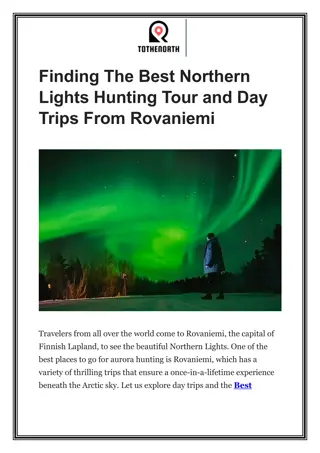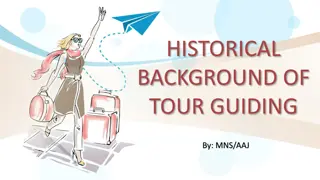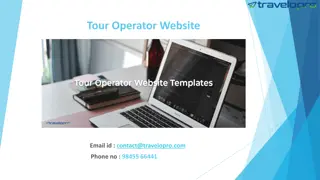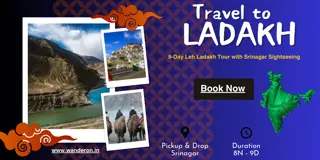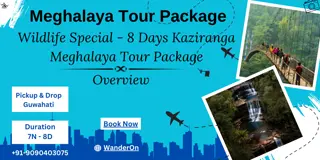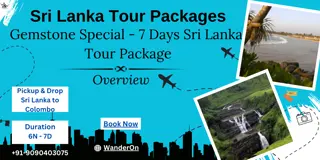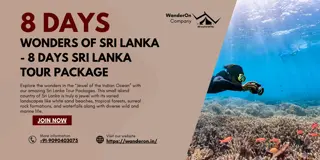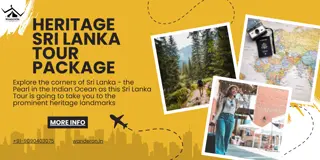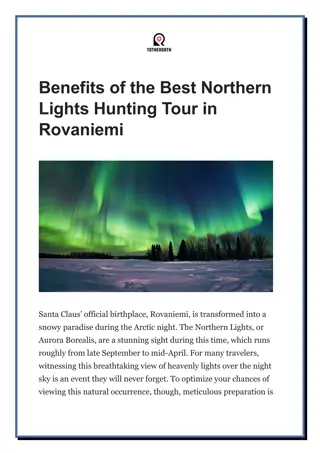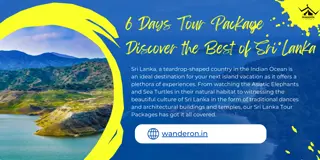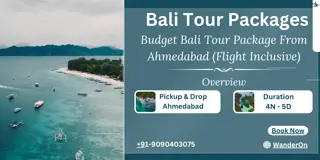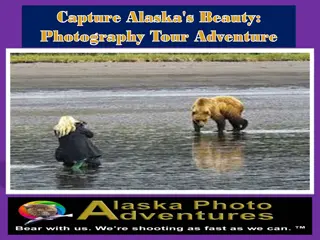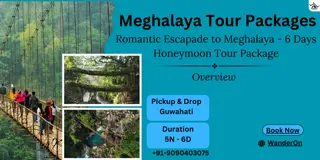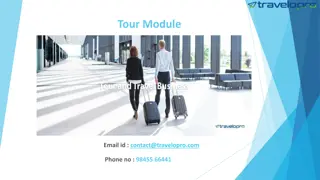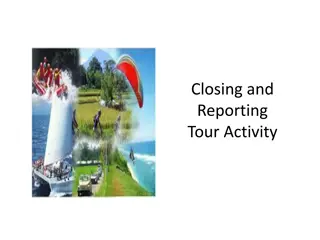Interactive Hololens Tour Project Overview
This project involves creating a Microsoft Hololens heads-up display for an interactive tour of the ASU campus. It includes showcasing landmarks and a Twitter feed displaying geo-tagged tweets. The motivation stems from enhancing self-guided tour experiences for prospective students, potentially aiding in recruitment efforts. The project scope covers deliverables like gesture recognition, GPS communication, Twitter scraping, and database management. Various tools and technologies such as Unity, Visual Studio, Python, MySQL, and Android Studio are utilized. The architecture includes components like a GPS solution through an Android application and a Twitter/landmark database managed on a PostgreSQL server.
Download Presentation

Please find below an Image/Link to download the presentation.
The content on the website is provided AS IS for your information and personal use only. It may not be sold, licensed, or shared on other websites without obtaining consent from the author. Download presentation by click this link. If you encounter any issues during the download, it is possible that the publisher has removed the file from their server.
E N D
Presentation Transcript
Interactive Hololens Tour Team Members: Benjamin Clayton, Caleb Davis, Scott Freitas, Robert Glickman, Mike Hovan, David Kish, Denny Nguyen Sponsor: Dr. Ross Maciejewski Instructor: Srija Chakraborty
Project Overview Create a Microsoft hololens heads- up display to give an interactive tour of the ASU campus Two main tour components: Landmarks Twitter feed Twitter feed will display nearby geo- tagged tweets ASU landmarks will be displayed when they are in range of the user
Project Motivation The impetus for the project is to make for better self-guided tour experiences Campus tours can include use of the hololens to present information in a fun and interactive manner to potential students This could have a beneficial effect on recruitment efforts
Project Scope/Deliverables Hololens heads-up display Gesture recognition GPS communication w/ hololens Twitter scraping for all geo-tagged tweets on ASU Tempe campus SQL database to store tweets and landmark info. Web server to receive and send tweets/landmark info. to hololens
Project Tools Database: Web Server GPS: HoloLens Development Unity VisualStudio Twitter Scraping Python MySQL PostgreSQL Heroku Apache Server PHP Scripting Android Studio
GPS Solution Android application to query phone GPS location Sends information via HTTP to web server for storage in database GPS coordinates in form (latitude, longitude) Can spoof coordinates of 16 different campus locations
Twitter/Landmark Database Databases was a PostgreSQL server hosted on Heroku A Python crawler script was used to gather tweets in a geo-fenced location around the Tempe ASU campus Tweets stored contained the following information: Username Tweet Text Tweet GPS Location Landmarks were chosen based on their importance to ASU Landmark information was stored in the following way: Landmark name for the Hololens to use Landmark GPS Location
User Interface Twitter Feed Constant streaming feed displays up to 3 tweets within 300 ft of user Displays placeholder text when no tweets available Landmark Information Dismissable with an On-Air-Tap gesture Closest landmark within 300ft will display
Gesture Recognition On-Air-Tap Gesture Used to dismiss the Landmark information hologram Used the built-in HoloLens utility kit Bloom Gesture Used to bring up the Windows App menu Used to close App when finished
Key Decisions GPS Solution Using an Android phone was chosen since it was readily available and group members had experience with Android Studio HUD vs Hologram Due to time constraints a HUD was chosen since it took less time to develop with our limited knowledge of the platform PHP as the scripting language PHP was chosen since it was a language many group members were familiar with
Results Successfully implemented Augmented Reality Tour of ASU Tweets Stored within the database for usage 23 Landmarks available to be displayed with relevant information Properly utilizing an Apache Webserver, PostgreSQL Database, and mySQL database to manage data. Designed a workaround to allow for GPS tethering between Microsoft Hololens and Android Phone Efficiently using Python scripts to attain relevant Twitter Feeds Integrated distributed software systems to properly implement the designated solution
Demo Hololens Demo Video
Challenges and Roadblocks Text Stability (Jitter) We were only able to reduce jitter and not completely eliminate it. Hololens Hardware Limitation No GPS is available on the HoloLens hardware, so a backend solution had to be devised to meet our deliverable Twitter Information Limited number of tweets due to opt-in service Pulled from small Geolocation (ASU Tempe Campus) GPS Inaccuracy Consumer level GPS can, at times, be unpredictable The GPS accuracy could be anywhere from 30 feet to 300 yards Spoofing had to be added to reduce the time required for testing
Conclusion and Acknowledgements All deliverables were accomplished Created video of ASU campus tour Big thank you to Dr. Maciejewski for mentoring and guiding us through the project! Without his effort and support none of this would have been possible





